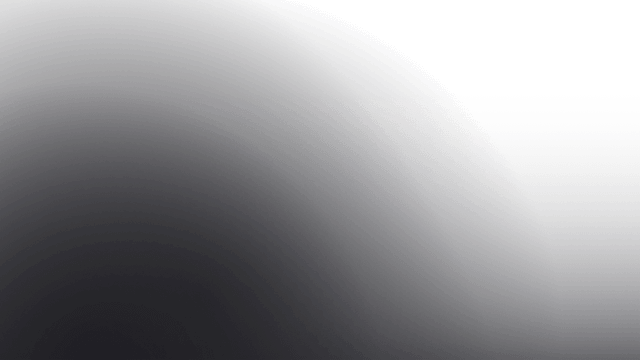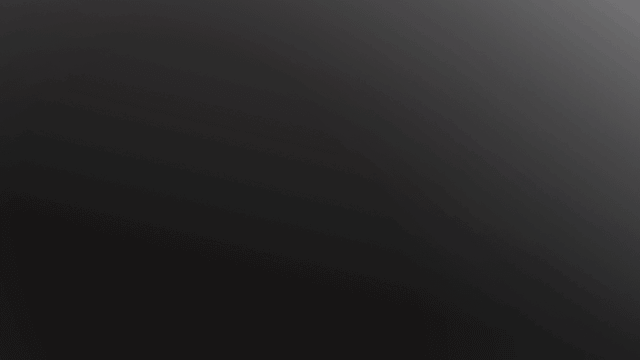Rachel Maia is a New Zealand Para climber, public figure and a full-time mum. Rock-climbing has always been her passion, but when she was 16, she had an accident which made the sport she loves a whole lot harder.
In the midst of a practice competition climb, she reached the top of the wall and told her spotter she was coming down. The spotter took some of the weight but Rachel let go of the wall and hit the ground, dislocating and shattering one ankle and breaking the other. At the time of the accident Rachel did not believe anything serious had happened.
“It wasn’t until I went to sit up and the person I was with took their arm and smacked it back across my chest and said lie down, don’t look, and at that point I think I understood something had gone really, really wrong,” she says.
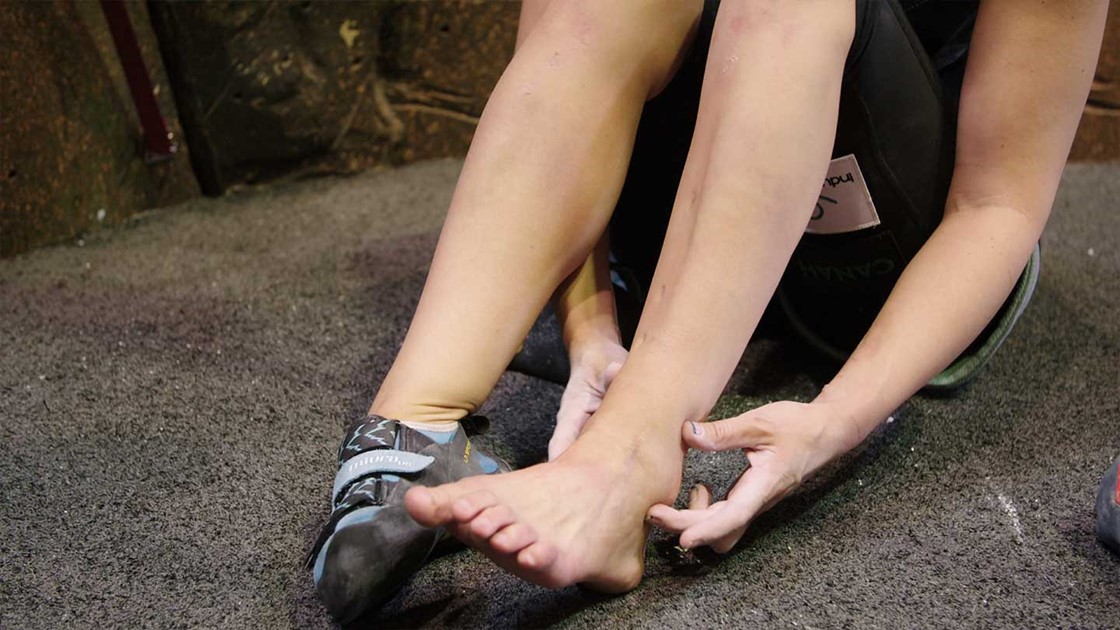
Her first surgery reconstructed her left foot with metal rods, screws and a piece of bone relocated from her hip.
“They went in through the side of the foot to reconstruct it and put it back together with metal,” she says, thinking she would be climbing the next day, rather than learning how to walk again.
But she now uses her injury to drive her as it brings resilience to everything she does. After 17 years away from climbing she returned to the sport to gain a sense of balance in her life. Now New Zealand’s first para-climber to compete in a world final, she took out fourth place at the rock-climbing world championships in Austria.
“When you’re sitting here at home and you’re back in the mum life, it’s bizarre to talk about something you did in Austria last month, but that’s kind of the juxtaposition of my life now. There’s being a mum and there’s being an athlete and trying to make them work together,” Rachel explains.
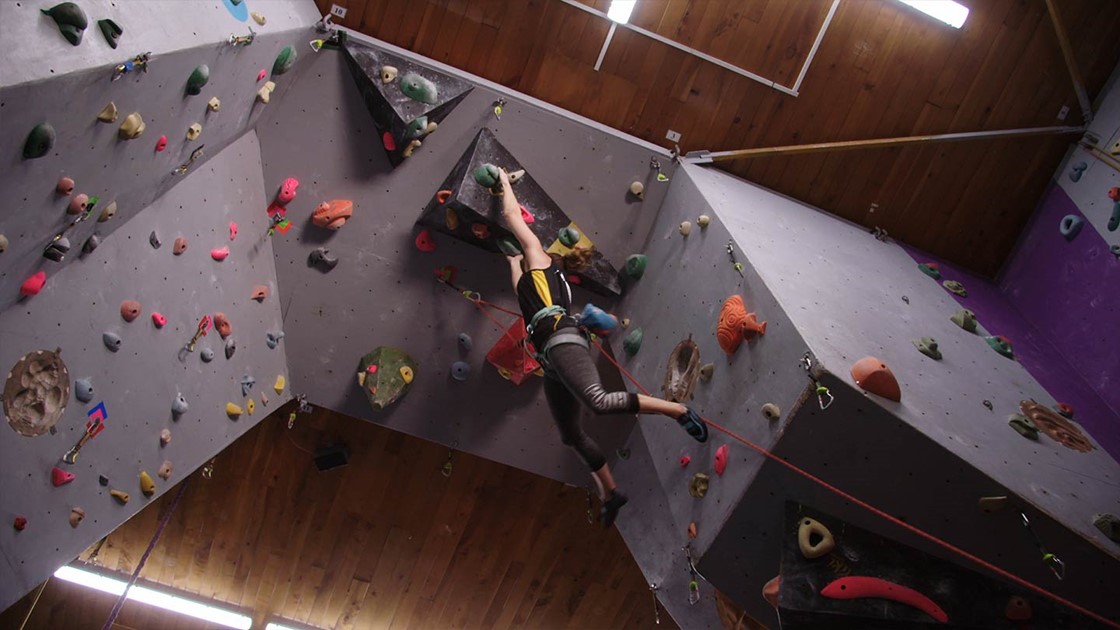
Rachel trains every day, climbing, strengthening and working to get the balance back in her life.
“When people ask what is it that drives you, it’s not even the idea of success, it’s the idea of balance and when I climb or when I’m at the gym I’m bringing everything back into balance,” She says.
When climbing she uses the wall and her knee as a tool to help as a way to adapt.
“I’m lifting as least of myself as possible, using the wall as a strength rather than fighting against it,” and it’s that “balance” that Rachel says pushes her to train as she brings pain, frustration and disconnect into line.
Rachel chooses resilience every day as a conscious choice for her mindset.

This resilience is a main theme in her home with her three children, Charlotte, Max and Quillen, Rachel explains how this works; “I think about Charlotte as with all my kids in the context of superpowers, all of my children are these amazing, unique little people who are growing into the most incredible individuals with strengths and goals of their own and they each have a resilience in them.”
Charlotte is 13 years old and lives with special superpowers which some people call learning disabilities, but the family does not let this stop them. Max is a keen sportsman and always tries his hardest inspired to do better by his mum, and Quillen looks up to Rachel as a role model.
The family works together to overcome any challenges thrown their way. If Rachel is in pain they will muck in to help out. The children do not expect their mum to do everything for them and she does not expect them to be perfect as she says “Life is a bit challenging sometimes and it’s like that for every family, but if you can be real about that with your kids and then give them the strategies to get up and to keep moving and to focus on the good.”
All three kids are actively involved in sports and after-school activities and Rachel acts as a taxi service driving them to and from trainings, even when her foot is giving her pain.
Seeing their mum persevering reminds them they can do whatever they set their mind to.
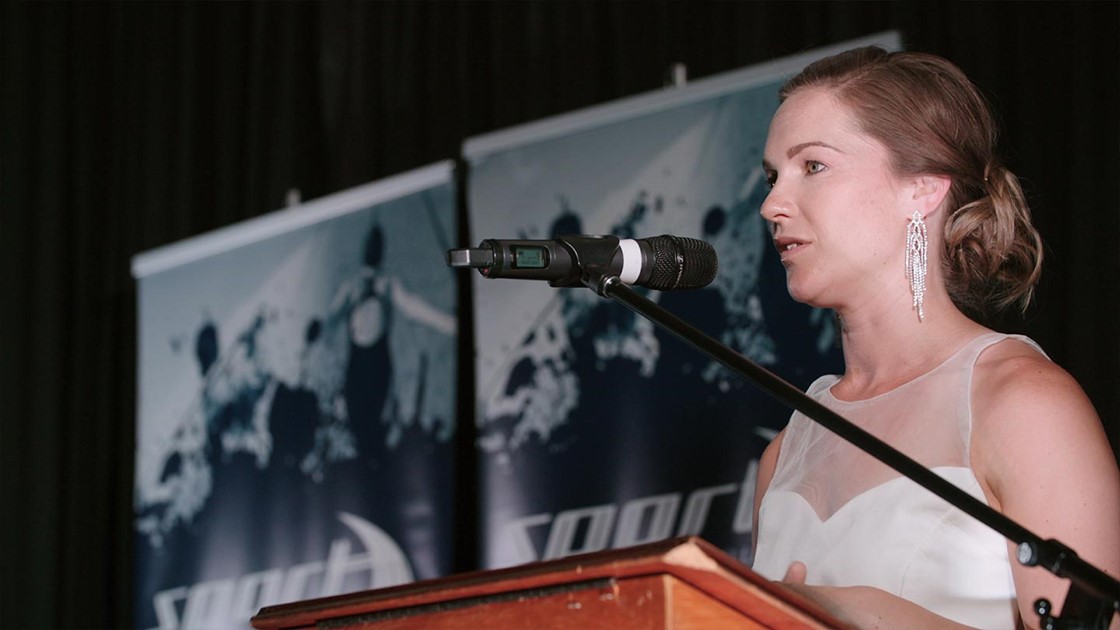
Rachel uses her vulnerability to teach her kids and others to reach their goals through adversity with platforms such as public speaking.
While Rachel realises there are off-days when climbing, when things do not go right she reminds herself she is climbing because it makes her feel alive.
“I love that I get to choose my own labels about who I am, I’m a history maker, I’m a mum, I’m an athlete, I’m a friend, I’m not just a cripple or just anything, I am Rachel Maia I climb walls.”
Moving forward Rachel has the choice to continue having surgeries to fuse bones in her foot to stop the degenerative process of bones breaking down, or get her foot amputated which she says “Nobody wants to cut a leg off, but I don’t want to give my life over to multiple surgeries either.”
So Rachel must weigh up the options to see whether the best way to move forward is to lose a part of herself.




